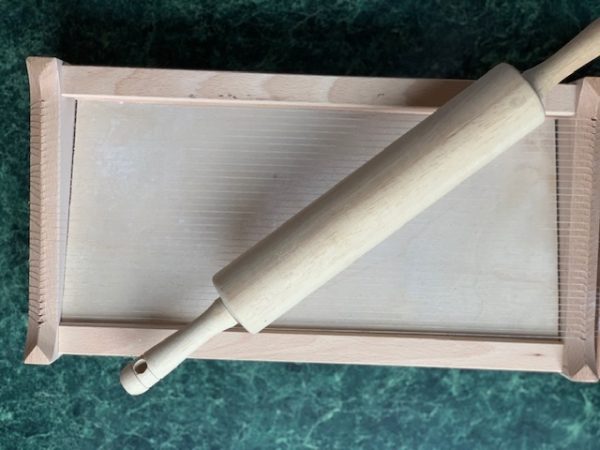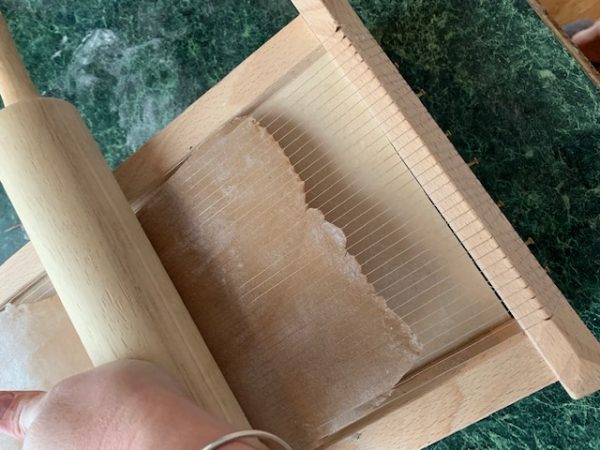It was a fateful day in middle school; one I had been looking forward to for what seemed like years. I remember it as if it were yesterday; the moment the fifth grade students were allowed to choose a musical instrument to play for the year. I was locked in on that saxophone. It always looked so cool and sounded like a sultry city street, unlike my sleepy Cape Cod surroundings. My excitement level was off the chart. Music was new to me. I was always the sporty girl who spent her afternoons going from one practice to another. But I knew, I simply knew that the saxophone would rock my world. My life was about to change, dramatically.

I woke up the next morning sick as a dog. Typically I would fake sick to stay home for a day and watch cartoons, but not this time. This time I was really, truly, honestly sick. And it made me even SICKER to know I would not be there to place my 10 year old hands upon that beautiful piece of metal. As it went, I ended up the next day with the clarinet. No thank you. I’ll stick with my sports. However my secret obsession with instruments (well not the clarient) has stayed strong. I watched my dad attempt the guitar, have dated men who played instruments beautifully, and now witness my nephew play the ukulele and sing in recitals with pure, natural talent. This feeling in my gut that draws me to playing music has not receded. So I would pick up a guitar here and there, maybe a banjo, but that is where it would stop. Until I found the chitarra. The what?

During my time cooking in Italy, I was introduced to the chitarra (key-tar-rah), a hand held instrument used for cutting sheets of pasta. A chitarra is simply a wooden box, typically 16 inches by 8 inches, with metal wires strung tightly on both sides running from top to bottom. The distance between the metal strings vary from ⅛ inch to ¼ inch depending on the type of pasta you are trying to make. There is a slanted board in the middle separating the two sets of wires which allows for the pasta to easily exit. Originally created during the 1800s in the Abruzzo region of Italy in the province of Chieti, it is used to produce a square spaghetti that differs in size as well as name depending on the region in which it is produced in. For example in Abruzzo it is referred to as spaghetti or maccheroni alla chitarra where as in Lazio it is referred to as tonnarelli alla chitarra. Food in Italy is regional… know this.

So, why use the chitarra? I am a sucker for all kitchen gadgets, especially ones that are pasta specific, and most especially ones with a story, with history, and with rhythm. I love making pasta by hand. It brings me to a state of tranquility. The connection with the dough, the repetition of kneading, and the knowledge of the deliciousness that is to come draws me to this ritual often. This is not to say I do not use my Kitchenaid dough hook for kneading, or the pasta cutting attachments to cut spaghetti or linguine, however when I take the time to use my chitarra, I find harmony.

The use of the chitarra is not just about achieving a zen like state and being one with your dough. The shape of pasta the chitarra creates lends itself to one that bonds well with others. By “others,” I am referring to the beautiful ragus and pestos it is tossed with. The porous noodles it produces create a strong relationship with these bold sauces, as it absorbs all the deep flavors. Its texture is dense and must be cooked al dente. Even the smaller sized pasta still possesses a thickness to them that stands up to the beautiful ragus of the Abruzzo region in which it was created. This is not a dainty pop group type of pasta but instead a large, hair band ballad maker that stands the test of time.

So how exactly does one play the chitarra? Once the pasta dough is made, it is rolled out into sheets about ⅛ inch wide with either a rolling pin or pasta sheeter. Sheets are cut about 3 inches less than the chitarra; you will understand why momentarily. One sheet at a time, the pasta is placed it in the middle of the chitarra. With a rolling pin, gently, but with even force, roll the sheet of pasta over the wires. You will notice that the pasta will stretch, so having sheets shorter than the chitarra are a must. Once the sheet of pasta has been rolled, some noodles may have made their way through to the slanted board and some may still be stuck between the wires. This is where your chitarra playing comes in! Gently strum those strings so that the “Good, good, good, good vibrations” release the remaining pasta to the slanted board. Your first chitarra jam session. Gnarly.









